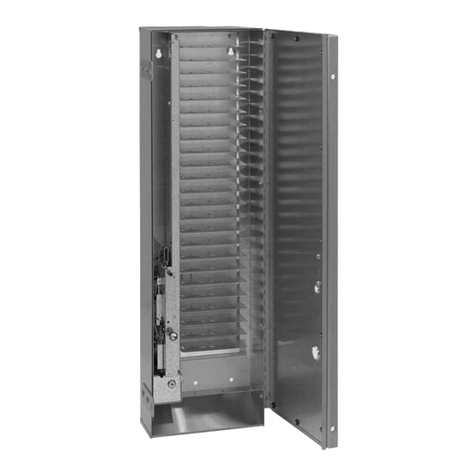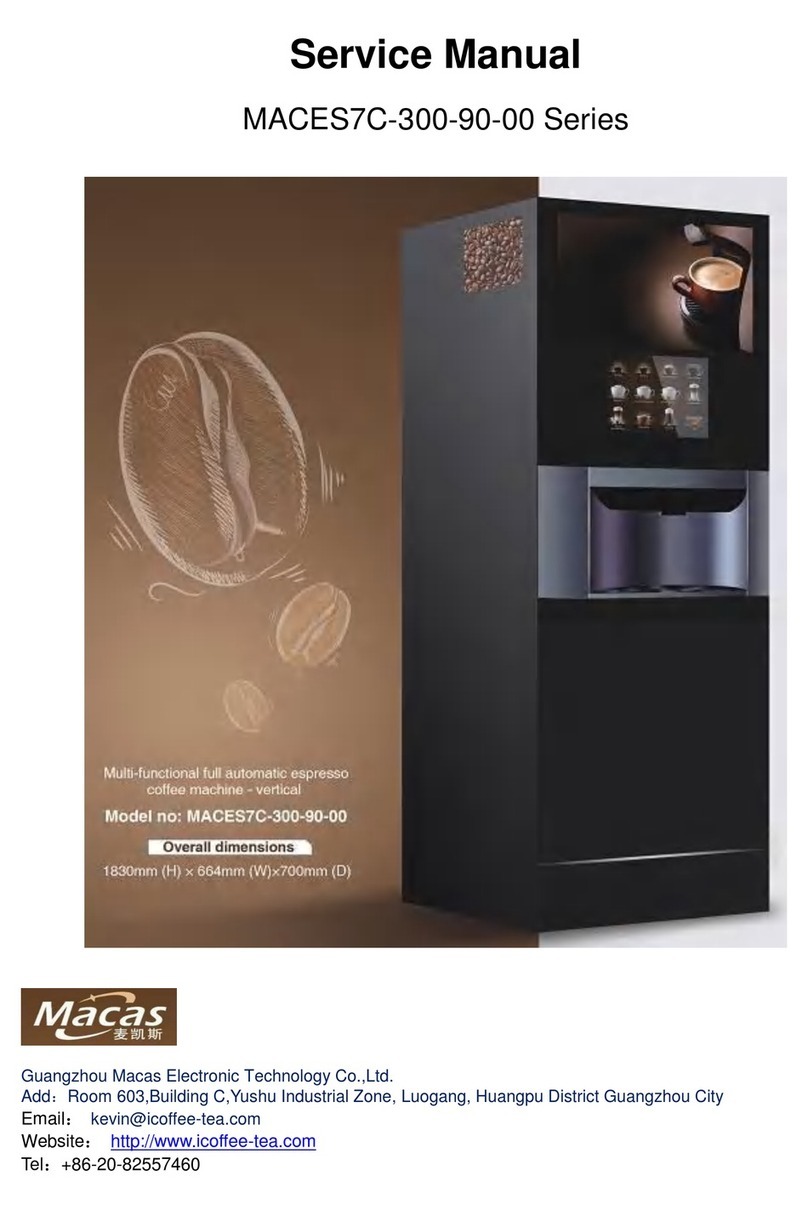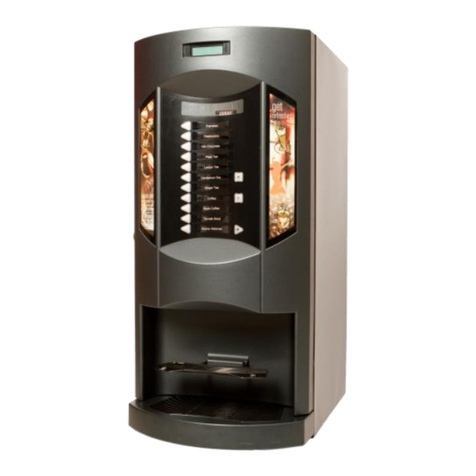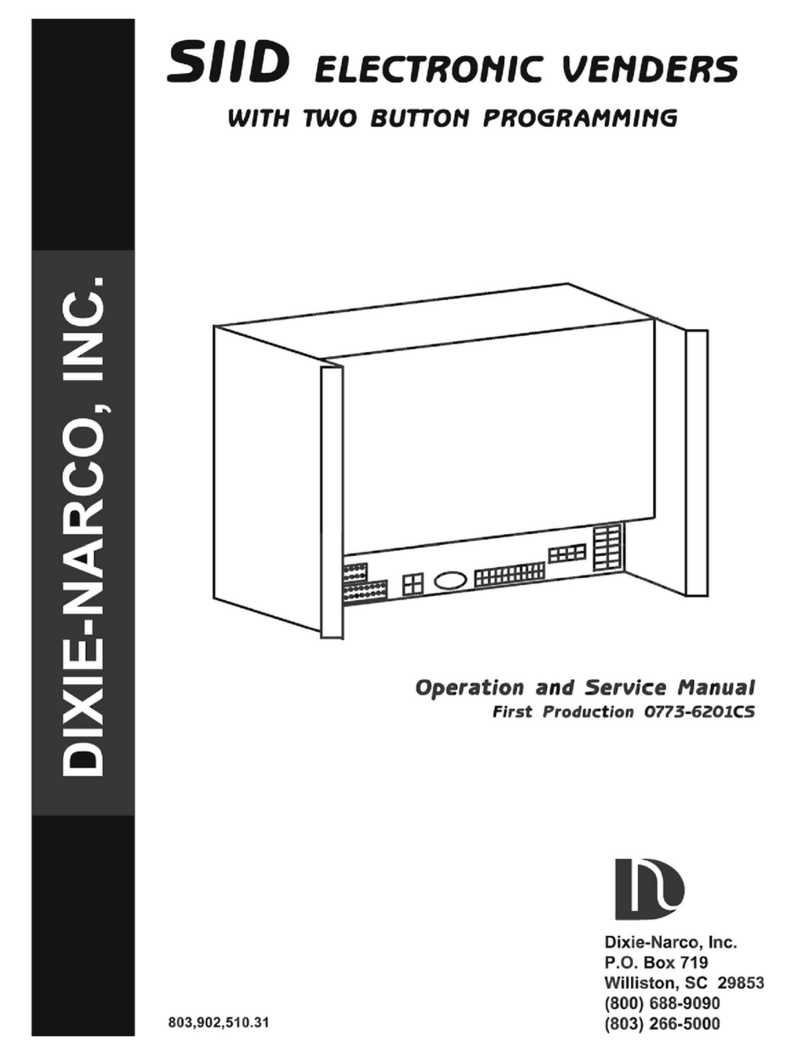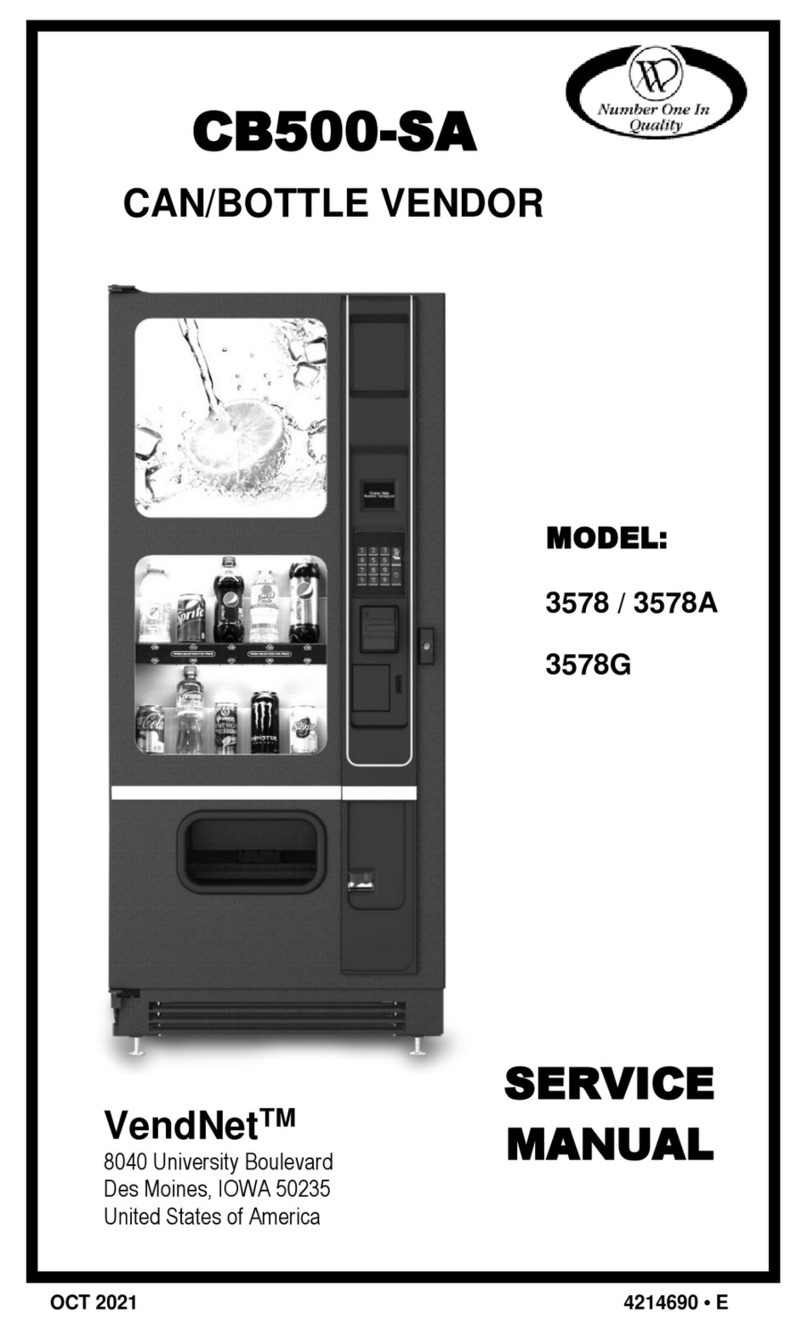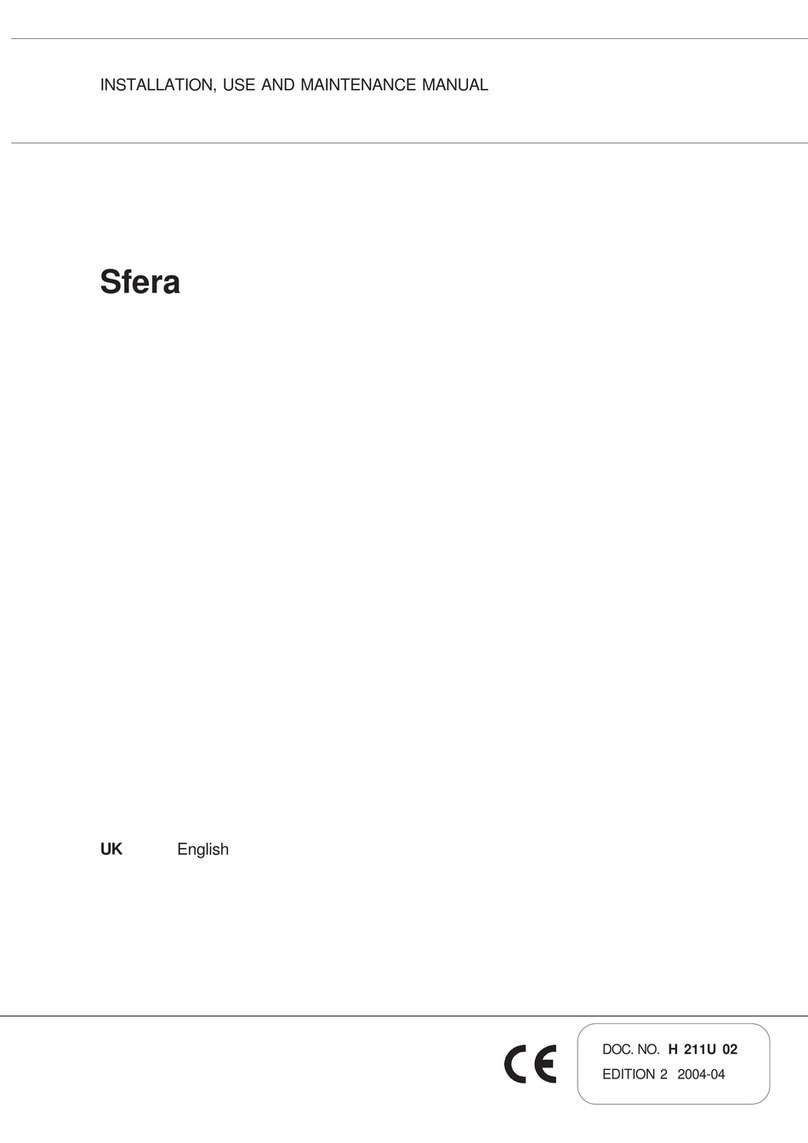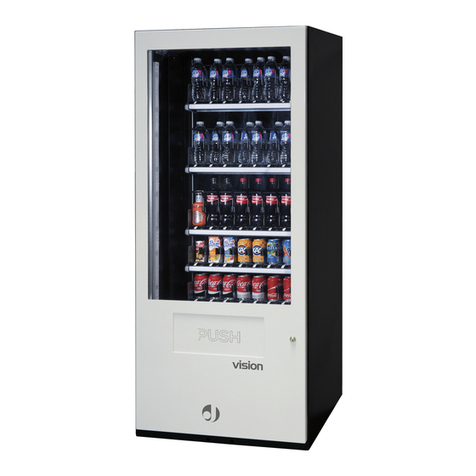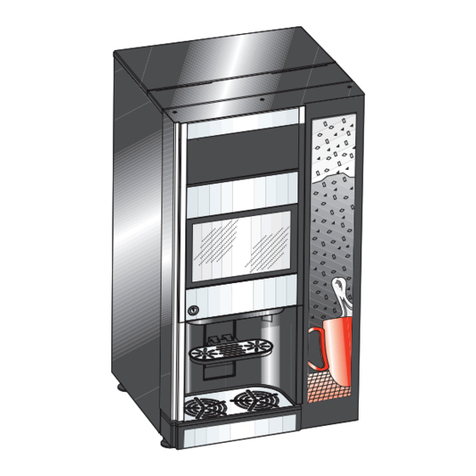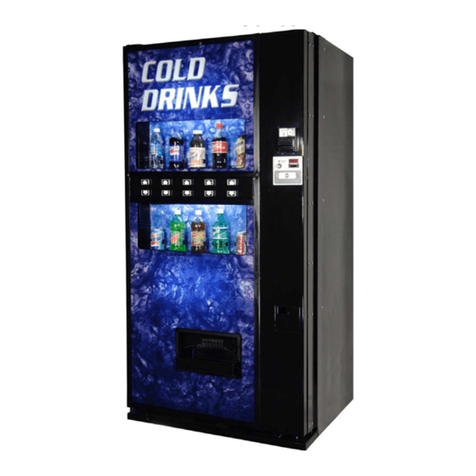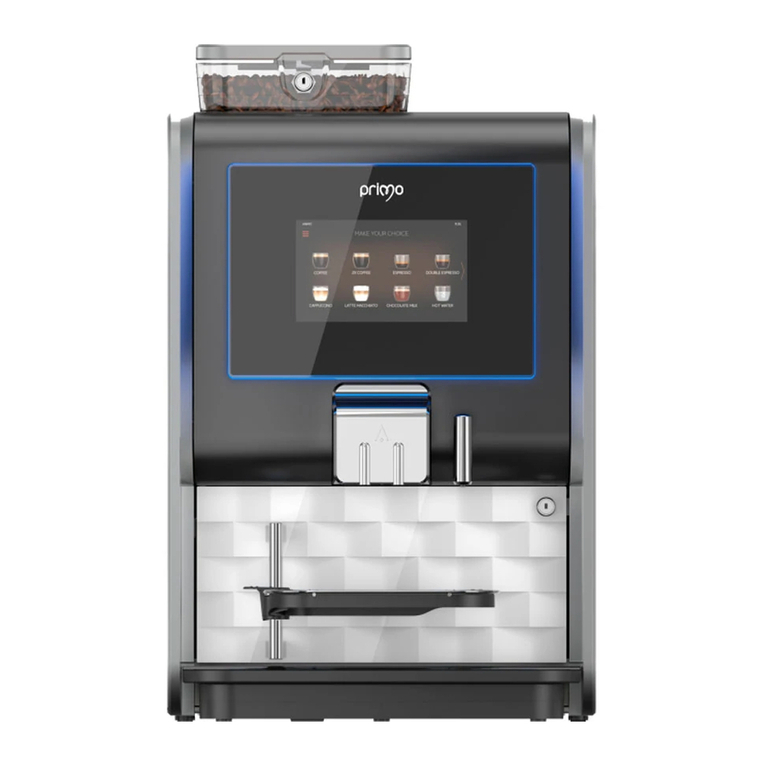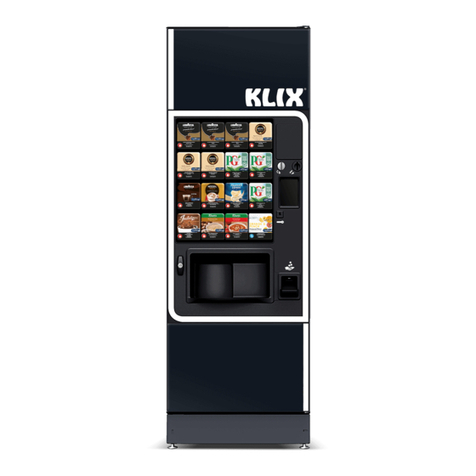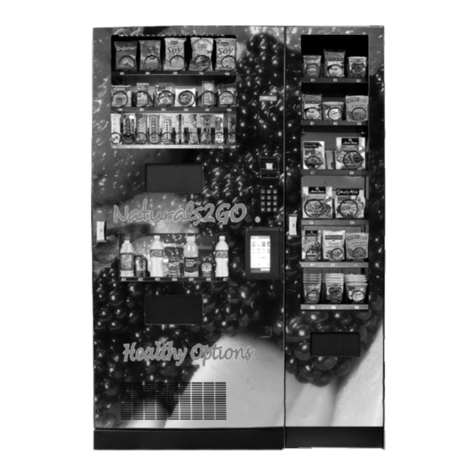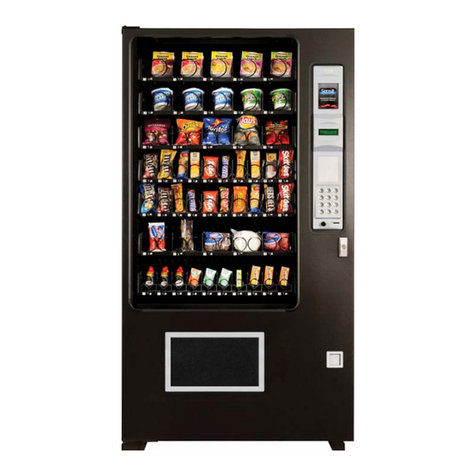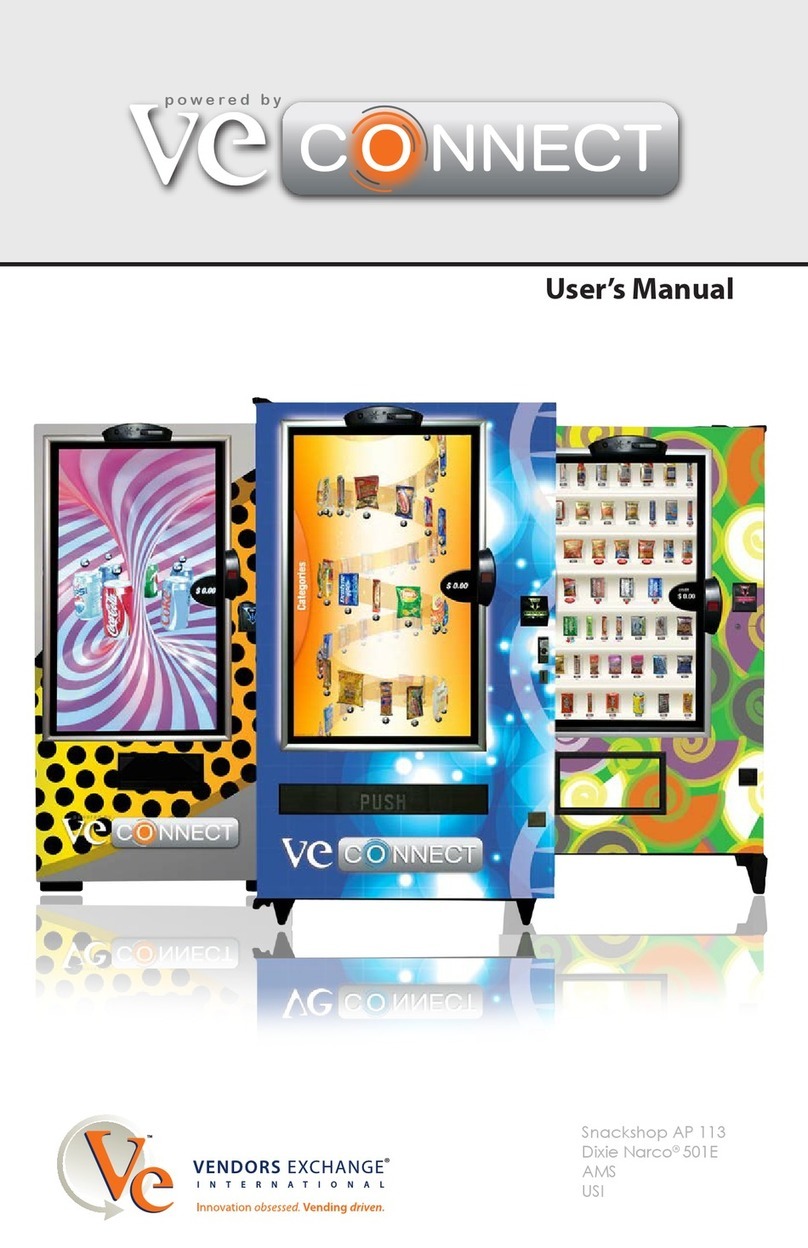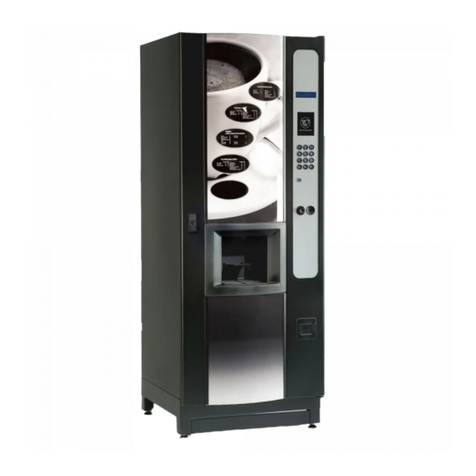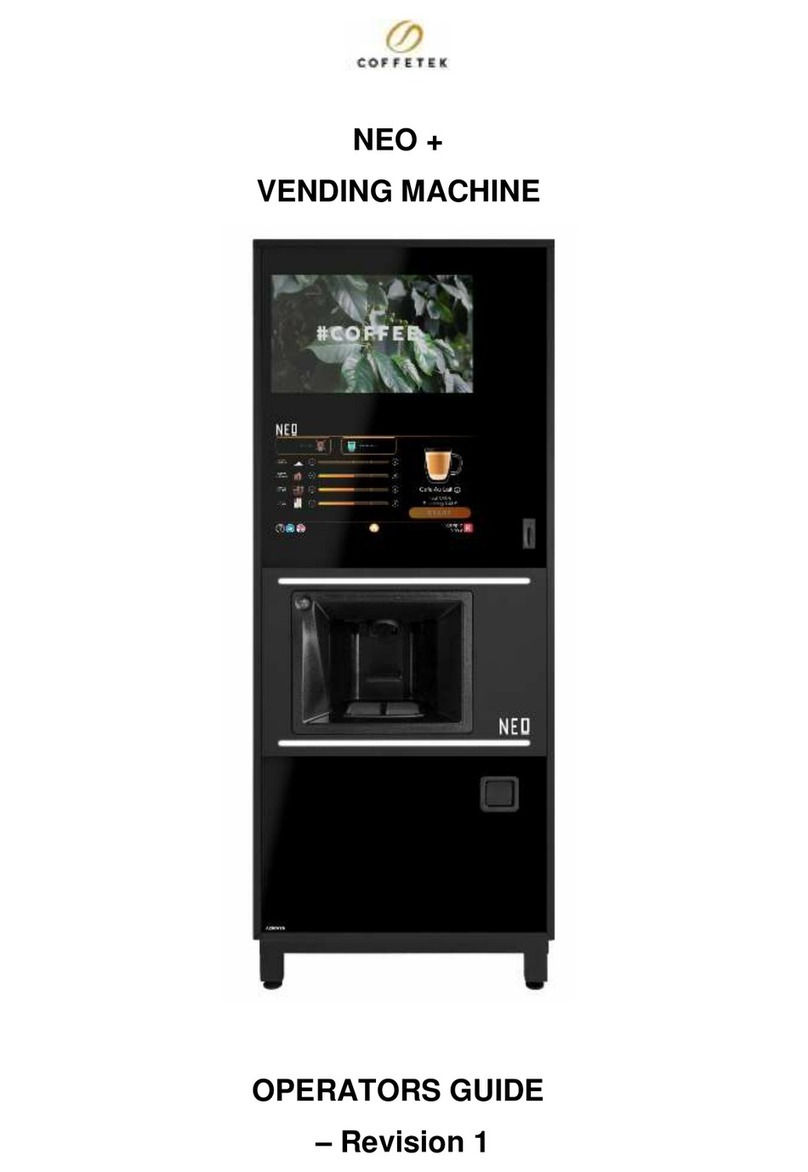Section 1
Technical Information
INTRODUCTION
1. The Neo + is a coin-operated, microprocessor-controlled beverage machine that dispense a
range of hot and cold drinks in response to touch screen selections.
2. This manual uses the Espresso version as the basis for examples. Where significant
differences between versions exist, this will be highlighted in the main body of the
document. Due to customer requirements, however, some features may vary from those
described, e.g. extras fitted, variations in programming etc.
3. Three options are available to add a cold drinks capability to machines in the Neo range.
An optional chiller allows the addition of a cold-water selection. A chiller incorporating a pair
of syrup pumps allows for the addition of two flavoured cold drinks, whilst a carbonator
provides the option of two flavours of still and carbonated drinks in addition to cold water.
4. Cups from a cup drop mechanism are dispensed to contain the drinks. However, a key-
operated jug facility is also provided.
5. Selection is made on a touch screen panel that shows status and drink selection
information.
6. The status of the machine may be monitored, and the configuration altered, by accessing a
menu of program options on the external screen. Each option comprises a number of sub-
options, the settings of which can be altered.
7. Dependent on software setting, the feature of the Neo beverage machines is the mobile
dispense head which moves the head to a parked position away from the cup port after
each drink is vended, preventing the possibility of any residue from the previous drink
dripping into the next one. The dispense head is fitted with two groups of nozzles, one for
hot drinks and one for cold. Upon selection, the required group is moved into place above
the cup port.
8. The Neo machines require a single-phase 240V electrical mains supply from a domestic
13A outlet, and a cold-water supply from the domestic cold water main. These services
enter the machine at the rear of the cabinet.
9. The operational components which form a Neo beverage machine are housed in a metal
enclosure, access to which is gained by a swivel door secured by a key operated locking
mechanism. Turning the key in the lock releases a door handle, which allows the locking
mechanism to move to the unlocked state and the door to be opened. With the door open
the mains isolation switch for ON/OFF operation of the machine is visible in the top left
corner of the machine.
10. Equipment inside the cabinet is arranged in two sections: front and rear. On opening the
door, the Operator is immediately faced with those items of equipment to which he or she
requires access, e.g. Ingredient Canisters, Cup Turret, Coin Mechanism, CO2 Bottle, Waste
Trays, etc. The remaining items of equipment, i.e. Water Heater, Valves, Electrical and
Electronic components, etc, to which specifically the Engineer requires access (and from
which the Operator must be shielded) are located behind the Ingredient Canisters and
Whipper Motor and Dispense Head Assembly panel, at the rear of the cabinet.
